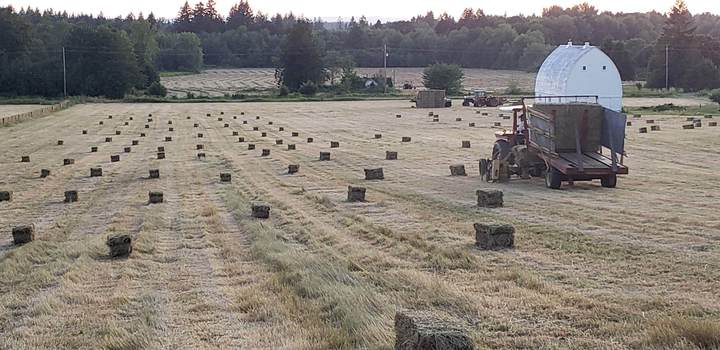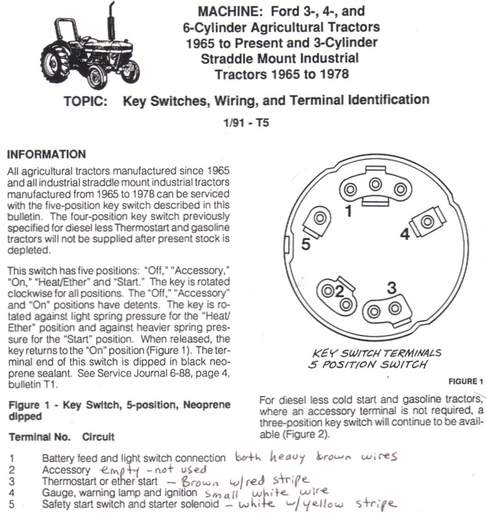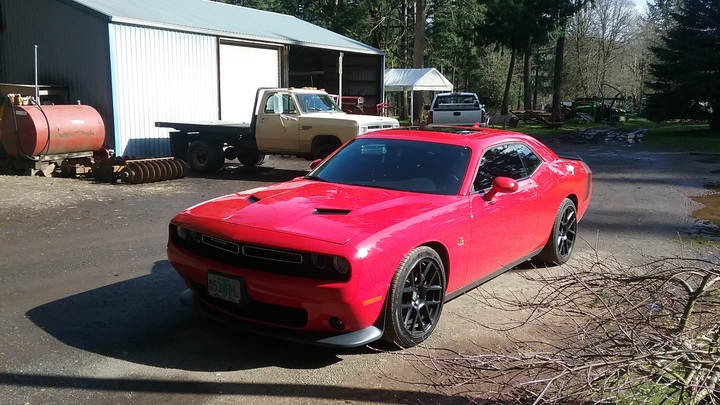I want to pour a small slab of concrete to be able to pull a small tractor or truck on so I can work on it . It would be nice to have concrete to roll a floor jack or creeper on .
My Question is what size slab is practical and about what size is too big for one man to mix . It is a remote location and getting a cement truck , even a small one is probably not going to happen .
I have done a little of everything and am not afraid to tackle this project . I have done some sidewalks with 10 - 12 bags of quickcrete , but your guy's can sure save a fellow some headaches with advice / pointers .
I have not bought a mixer but I would be glad to , as I would like to do a few small slabs , porch steps , sidewalk , etc . I could do a 10 x 20 slab in sections if that's the I have to ? I would like to go bigger but I would also like to win the lotto , LOL .
Thanks - Ken .
My Question is what size slab is practical and about what size is too big for one man to mix . It is a remote location and getting a cement truck , even a small one is probably not going to happen .
I have done a little of everything and am not afraid to tackle this project . I have done some sidewalks with 10 - 12 bags of quickcrete , but your guy's can sure save a fellow some headaches with advice / pointers .
I have not bought a mixer but I would be glad to , as I would like to do a few small slabs , porch steps , sidewalk , etc . I could do a 10 x 20 slab in sections if that's the I have to ? I would like to go bigger but I would also like to win the lotto , LOL .
Thanks - Ken .




